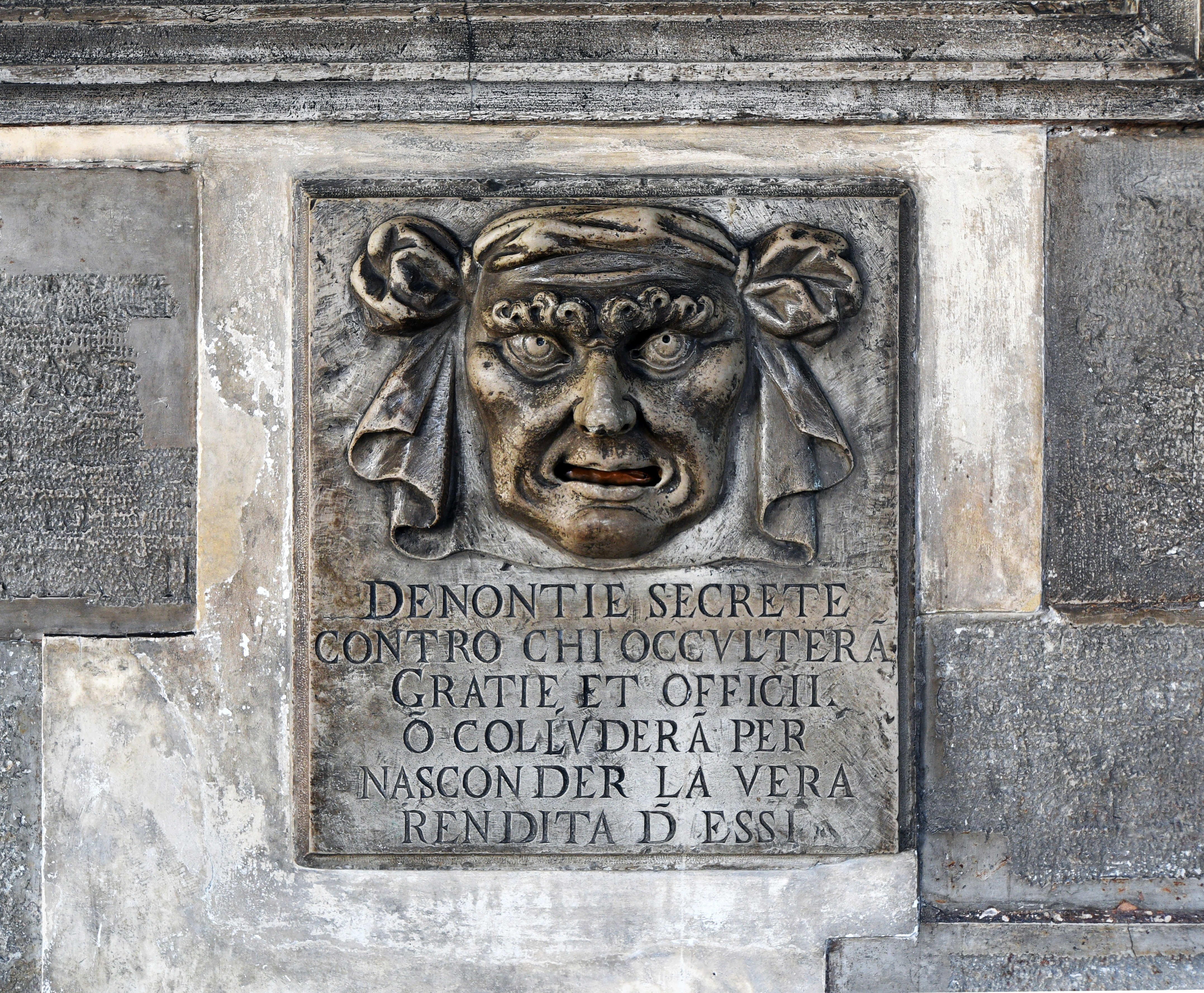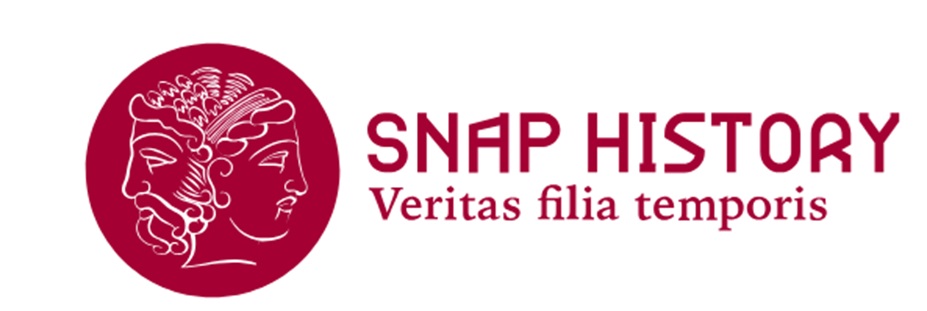Secrecy in Venice
The Council of Ten and the Security of the Republic of Venice

A bocca di leone (lion's mouth) for secret denunciations at the Doge's Palace (taken from WikiCommons).
The body responsible for the security of the Venetian Republic was the Council of Ten. Having been instituted in 1310 under Doge Pietro Gradenigo, it had evolved into a more structured secret service, eventually encompassing diplomatic and intelligence activities (although, in truth, the functions were others: in this article the focus will be on espionage and counter-espionage activities). The Council had its headquarters in the marvellous Doge's Palace, where it organised the first secret services, collaborating with Venetian magistracies such as the Senate, the College and the Avogadori de Comun. Moreover, the Council actively used secrecy to determine the membership of the Venetian citizenry, creating a boundary between those who knew and those who did not know; consequently, secrecy was very useful in creating ‘a dynamic and continuous relationship between its [the Council's] agents and became both the condition and the consequence of the formation of group identity’. The natural result was that ordinary Venetian citizens, that is, those who did not belong to the long-established aristocracy - and thus excluded from political participation after the Serrata del Maggior Consiglio of 1297 -, felt a civic duty to contribute to the security and interests of the Serenissima by providing information that could be considered useful by the Council of Ten. The Venetian ruling class expected citizens to be actively involved in the affairs of the Serenissima; consequently, if a citizen became aware of potential threats to the security of the Republic, he was obliged to inform the authorities through formal denunciations to ensure their authenticity: nevertheless, the anonymity of the complainant was ensured. One means by which citizens could send these complaints was the invention of the ‘pre-modern version of surveillance cameras’, the bocche di leone, post boxes carved in the shape of a lion with its mouth open - still visible today in the Venetian calli - into which citizens had to deposit complaints of possible threats to the government.
Christopher Andrew, The Secret World: A History of Intelligence (London: Allen Lane, 2018), 131-132.
Filippo de Vivo, Information and Communication in Venice: Rethinking Early Modern Politics (Oxford: Oxford University Press, 2007), 40-45.
Ioanna Iordanou, Venice's Secret Service: Organizing Intelligence in the Renaissance (Oxford: Oxford University Press, 2019), 56-81.
2025-03-02
Giacomo Tacconi
